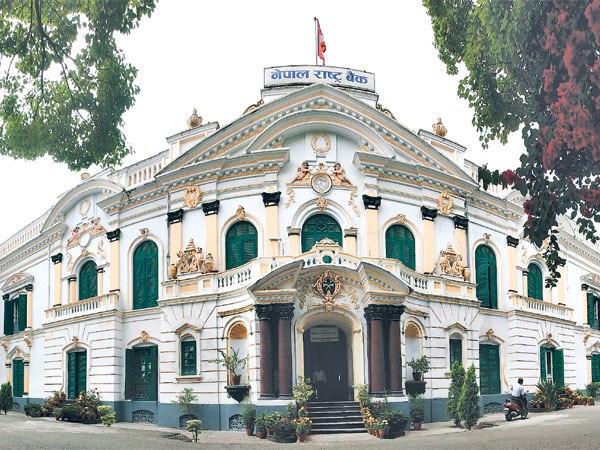Rs 170 billion excess liquidity in banking sector
KATHMANDU, NOVEMBER 23
There has been excess liquidity in the banking sector in the country for the past several months due to the decline in demand for loans. Liquidity in banks started to increase since the government imposed the nationwide lockdown in March. In fact, the amount of excess liquidity had reached as high as around Rs 200 billion in mid-April to mid-June, as per Nepal Rastra Bank (NRB).
“However, with the gradual increase in imports, lending is gradually picking up since mid-September due to which the amount of excess liquidity in banks is slowly dropping,” said Gunkar Bhatta, spokesperson for NRB.
According to him, NRB has also mopped up funds worth Rs 21.8 billion from banks to manage the surplus liquidity.
However, there is still around Rs 170 billion surplus liquidity in banks at the moment.
“Although NRB draws surplus funds from banks, it can only help solve the excess liquidity issue to some extent and also for a short period of time. Thus, the demand should come from the core business activities,” shared Sunil KC, CEO of NMB Bank.
Stating that the excess liquidity has been affecting the profitability of banks since the availability of limited investment opportunities decreases the income of banks, KC said, “This also increases competition among banks as they can sometimes lend money at high risk too.”
He further said that the issue of excess liquidity is likely to remain for some time as the impact of the COVID-19 still exists in the country with the number of infected people still rising. “However, the development of COVID-19 vaccines by international institutions has brought about some positive sentiments. So, once the impact of the coronavirus starts to wane, business activities will also ramp up which will gradually balance the liquidity in banks,” KC added.
Nevertheless, the availability of liquidity in the market in these uncertain times is also a positive sign since it lowers the interest rates of loans which provides relief to some extent at a time when businesses are facing problems, as per KC.
Commercial banks in the meantime have decreased the interest rates on loans which is expected to increase the demand for loans. According to Bhatta, the average interest rate of loans declined to 9.8 per cent in mid-September against 12 per cent in mid-September of 2019.
“The interest rate on deposits has also fallen. The average interest rate on deposits has decreased to 5.45 per cent this year from 6.75 per cent in mid-September of last year.”
Bhatta said that the decrease in deposit interest rates discourages deposits, which will affect the liquidity in the long run. “Although economic activities are slow at the moment due to the pandemic, the demand for loans will increase once economic activities speed up. So, banks should not discourage depositors by decreasing the interest rates on deposits,” he added.
As per the statistics of NRB, as of November 20, deposit in 27 commercial banks stood at Rs 3,657 billion whereas lending stood at Rs 3,050 billion.






